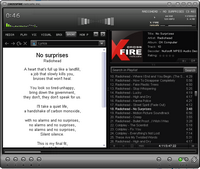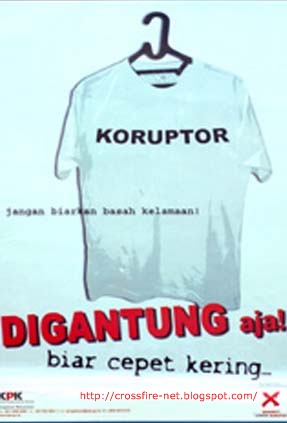Lighting
Distance
Use this slider to simulate how close or far you are in relation to the subject.
Focal length
Moving this slider is the same as zooming in and out with your lens. A wide, zoomed out setting creates the greatest depth of field (more things are in focus) while zooming in creates a shallower depth-of-field (typically just the subject will be in focus).
Mode
The exposure modes of an SLR let you control one setting while the camera automatically adjusts the others. In Shutter Priority mode, you to set the shutter speed while the camera sets the aperture/f-stop. In Aperture Priority mode, you set the aperture/f-stop while the camera sets the shutter speed. Manual mode is fully manual—you’re on your own! Refer to the camera’s light meter to help get the proper exposure. Although every real SLR camera has a "fully automatic" mode, there is not one here—what’s the fun in that?
ISO
ISO refers to how sensitive the “film” will be to the incoming light when the picture is snapped. High ISO settings allow for faster shutter speeds in low light but introduce grain into the image. Low ISO settings produce the cleanest image but require lots of light. Generally, you will want to use the lowest ISO setting that your lighting will allow.
Aperture
Aperture, or f-stop, refers to how big the hole will be for the light to pass through when the shutter is open and the picture is snapped. Lower f numbers correspond with larger holes. The important thing to remember is this: the higher the f number, the more things in front of and behind the subject will be in focus, but the more light you will need. The lower the f number, the more things in front of and behind the subject will be out of focus, and the less light you will need.
Shutter speed
Shutter speed is how long the shutter needs to be open, allowing light into the camera, to properly expose the image. Fast shutter speeds allow you to “freeze” the action in a photo, but require lots of light. Slower shutter speeds allow for shooting with less light but can cause motion blur in the image.
Happy simulating!





 Open all
Open all Close all
Close all
